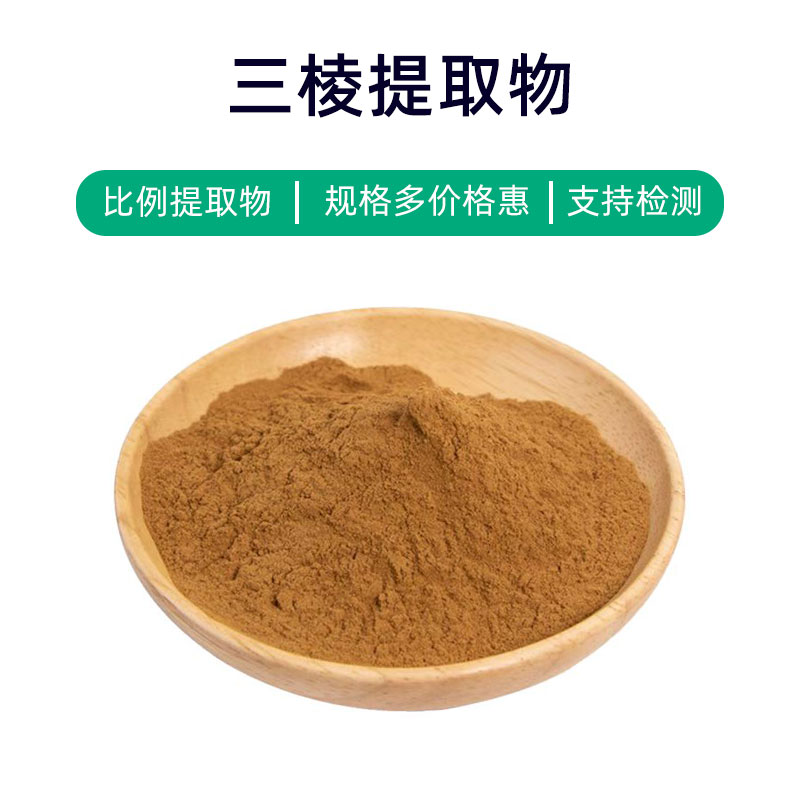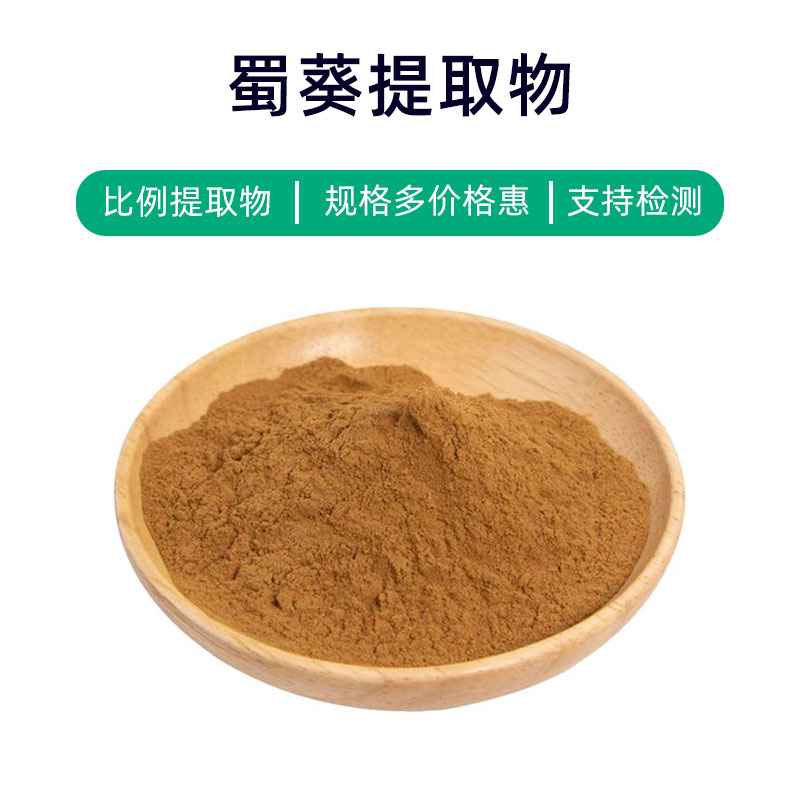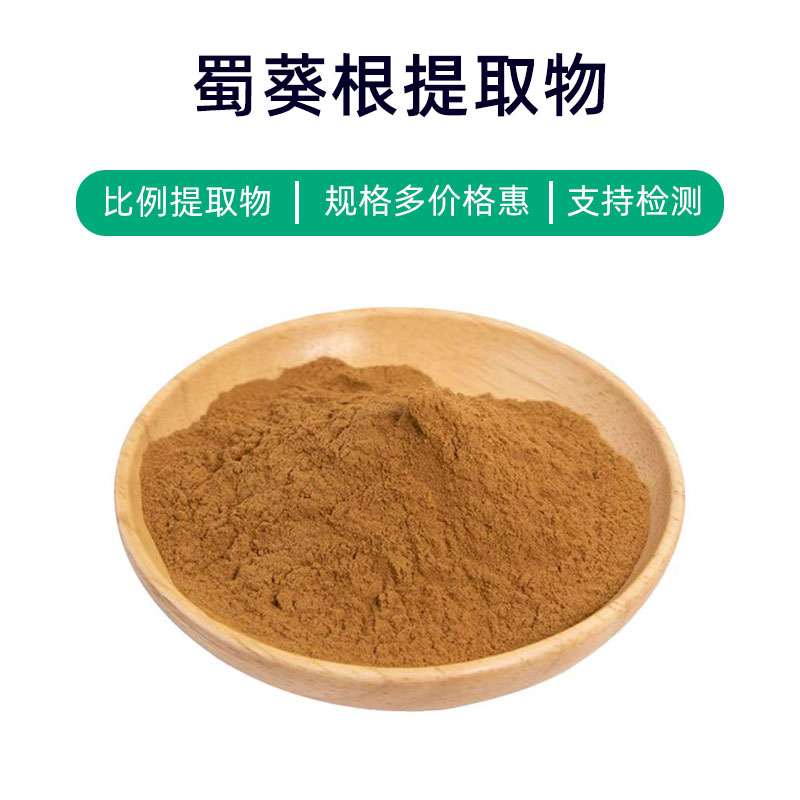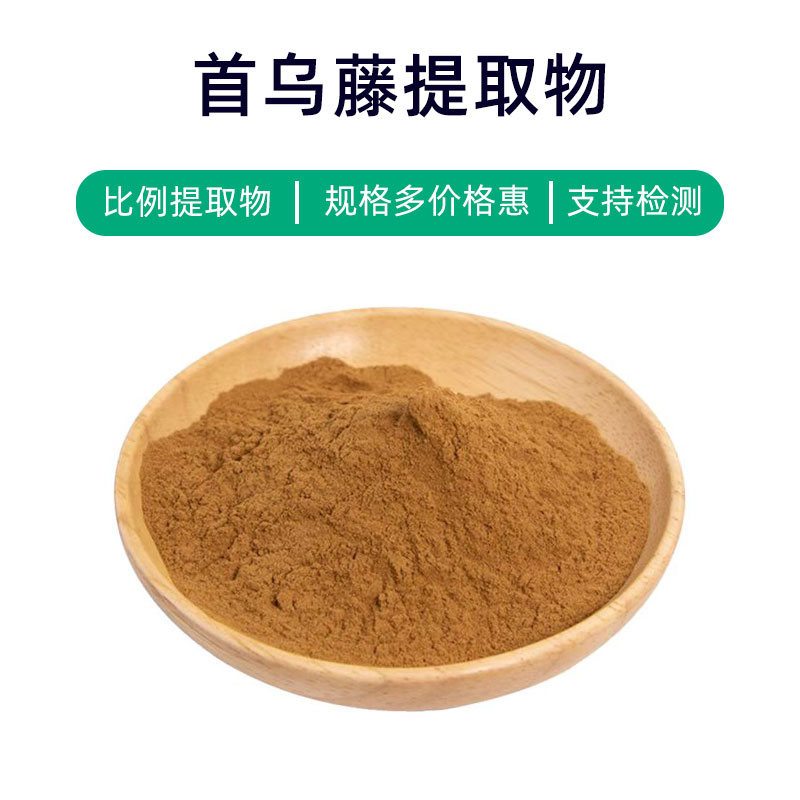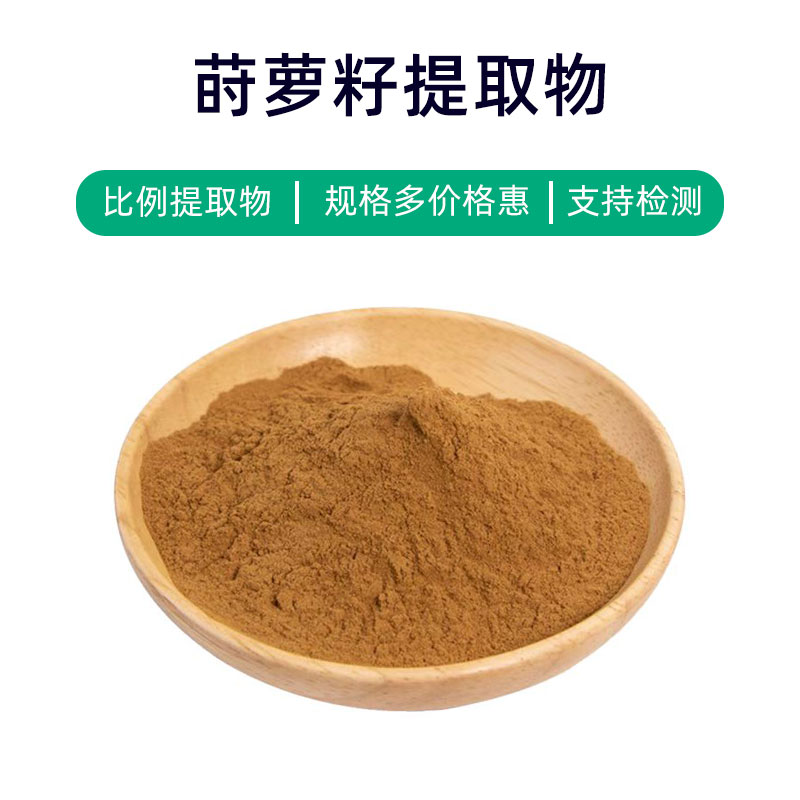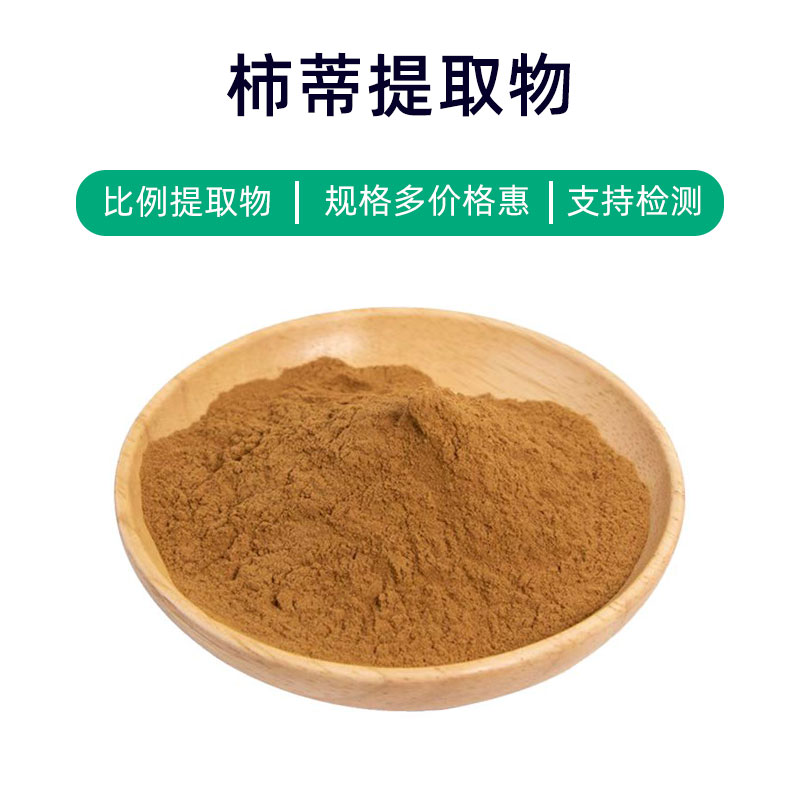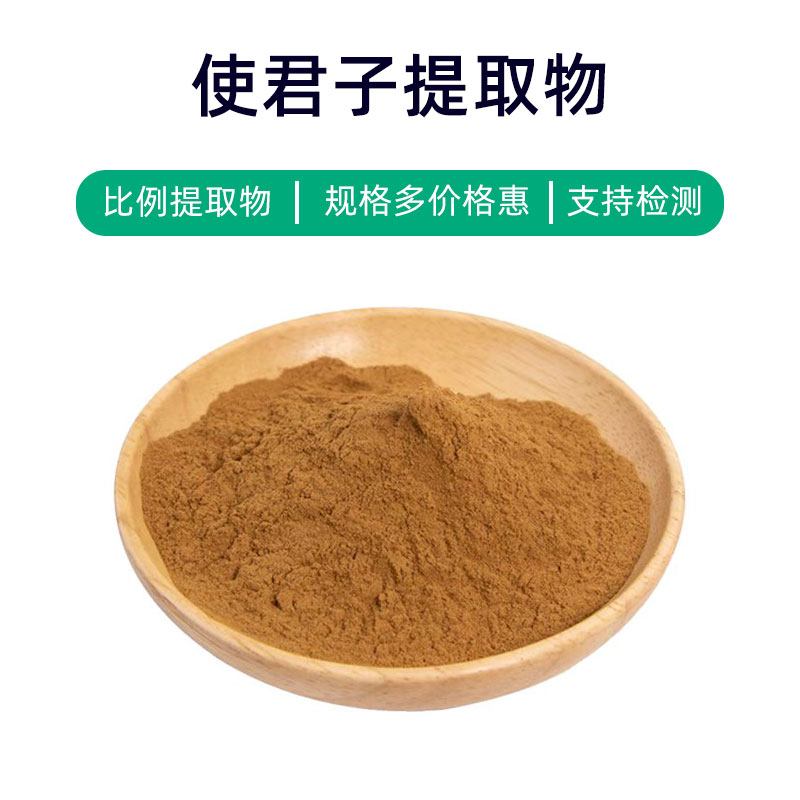Introduction to Three-Leaf Extract
Three-Leaf Extract is a natural plant extract derived from Trillium species, primarily composed of triterpenes, flavonoids, and polysaccharides. These components endow the extract with various bioactive properties, including immune regulation, cardiovascular health improvement, and antioxidant effects.
In the medical field, Three-Leaf Extract is commonly utilized as a herbal extract, believed to enhance immune system function, helping the body resist diseases, and modulate immune responses. Additionally, it is used to improve cardiovascular health, assisting in lowering cholesterol levels and promoting normal cardiovascular function.
In dietary supplements and health products, Three-Leaf Extract is frequently added to enhance immune function, boost bodily resistance, and prevent disease. Its antioxidant properties also make it a common ingredient in anti-aging products.
In cosmetics, Three-Leaf Extract is included in skincare and anti-aging products for its antioxidant, anti-inflammatory, and cell regeneration properties, which help improve skin texture, reduce wrinkles and fine lines, and maintain a youthful and healthy appearance.
Overall, as a natural plant extract, Three-Leaf Extract holds broad potential applications in medicine, health products, and cosmetics, offering multifaceted support for health and beauty.
Production Process of Three-Leaf Extract
The production process for Three-Leaf Extract mainly involves the following steps:
- Collection and Preparation of Plant Materials: First, roots, stems, leaves, or fruits of the Trillium species are collected as raw materials. After collection, the plant materials undergo initial processing, including washing, cleaning, and chopping, to ensure smooth subsequent extraction.
- Extraction Process: Typically, water extraction or organic solvent extraction methods are employed to obtain the Three-Leaf Extract. Water extraction is relatively mild and environmentally friendly, while organic solvent extraction yields a higher concentration of extract. During the extraction, parameters such as time, temperature, and pressure must be controlled to maximize the activity and stability of the target components.
- Filtration and Concentration: After extraction, the mixture is filtered to remove solids and impurities, resulting in a pure extract solution. Then, concentration equipment (such as vacuum concentrators or spray dryers) is used to evaporate the solvent from the extract solution, yielding a concentrated extract.
- Refinement and Purification: For crude extracts, further refinement and purification may be necessary to remove impurities, adjust the composition ratio, or enhance purity. These steps may include crystallization, separation, and column chromatography techniques.
- Drying and Milling: Finally, the extract is dried to eliminate residual moisture, typically using air or vacuum drying methods. The dried extract is then milled or ground to achieve the desired particle size and form.
- Packaging and Storage: The final Three-Leaf Extract is packaged and labeled to ensure product quality and safety. Appropriate packaging materials protect the extract from moisture, light, and oxygen. Storing in a dry, cool, and light-protected environment prolongs the extract's shelf life and stability.
Effects and Side Effects of Three-Leaf Extract
Three-Leaf Extract possesses various effects and benefits, primarily including:
- Anti-Inflammatory Effects: Rich in bioactive compounds, it can alleviate inflammatory responses, easing pain and swelling.
- Antioxidant Effects: The polyphenolic compounds in Three-Leaf Extract exhibit significant antioxidant properties, scavenging free radicals, slowing cellular aging, and protecting against oxidative damage.
- Immune Regulation: It can modulate immune system functions, enhancing the body’s resistance and boosting immune cell activity against pathogens.
- Antimicrobial Effects: It has inhibitory and lethal effects against various bacteria, fungi, and viruses, useful for preventing and treating related infectious diseases.
- Antitumor Effects: Studies indicate that certain components in Three-Leaf Extract possess antitumor activity, inhibiting tumor cell growth and spread, promoting tumor cell apoptosis.
- Cardiovascular Health Protection: It can lower blood lipids and inhibit platelet aggregation, helping to prevent cardiovascular diseases.
- Digestive System Function Improvement: It protects the digestive system, relieving gastrointestinal inflammation and improving digestive function.
- Antiallergic Effects: Certain compounds have antiallergic properties, alleviating allergic reactions and symptoms of allergic diseases.
While Three-Leaf Extract has many benefits, caution should be exercised regarding potential side effects such as allergic reactions or digestive issues. Individuals should assess their situation carefully and follow medical or professional advice to avoid unnecessary risks.
Applications and Dosage of Three-Leaf Extract
Three-Leaf Extract is widely used in medicine, food, and cosmetics. The following highlights its use in these three fields, including dosage recommendations.
- Medical Applications:
- Uses: Primarily employed in treating various inflammatory diseases, immune modulation, and antitumor applications.
- Dosage: Common methods include oral intake, topical application, and injection. Typical oral dosages are 200-500 mg, taken 2-3 times daily; topical dosages involve applying an appropriate amount to the affected area, with injection dosages to be determined by a medical professional based on the condition.
- Food Applications:
- Uses: Often added to health foods to enhance immunity and protect cardiovascular health.
- Dosage: Typically available in capsules or tablets, generally recommended at 200-500 mg, taken 1-2 times daily, with specific dosages to follow product guidelines or medical advice.
- Cosmetic Applications:
- Uses: Commonly included in skincare products, delivering antioxidant, anti-inflammatory, and moisturizing benefits, useful for enhancing skin texture and providing anti-aging effects.
- Dosage: Used as an ingredient in skincare formulations, generally added according to product formulations, with specific amounts based on the formulation and usage instructions.
In summary, Three-Leaf Extract has broad applications across medicine, food, and cosmetics, but attention to product quality and dosing is crucial. Following medical or professional guidance ensures safe and effective use.
Description of Three-Leaf Plant's Origin, Distribution, and Growth Environment
The Three-Leaf plant (scientific name: Trillium) is a perennial herb belonging to the lily family, primarily distributed in temperate and cold regions of the Northern Hemisphere. The following outlines the origin, distribution, and growth environment of the Three-Leaf plant.
Origin:
The Three-Leaf plant is a terrestrial herb that mainly reproduces through underground tubers. Its height typically ranges from 20-50 centimeters, with triangular leaves often appearing in groups of three, which is how it got its name. The flower clusters are umbrella-shaped, and the petals are usually white, pink, or purple, blooming primarily in spring.
Distribution:
Three-Leaf plants are mainly found in temperate and cold regions of the Northern Hemisphere, including parts of North America, Europe, and Asia. In North America, they are widely distributed across forests, woodlands, and mountainous areas, particularly in the eastern regions. In Europe, they are found in countries like the UK, France, and Germany, often in mountainous and forested environments. In Asia, Three-Leaf plants grow in regions of China, Japan, and Russia, thriving in broadleaf forests, coniferous forests, and meadows.
Growth Environment:
- Soil Requirements: Three-Leaf plants have high soil demands, favoring soft, organic-rich, acidic soils with good drainage for optimal growth.
- Light Conditions: They generally prefer semi-shaded to shady environments, intolerant of direct, intense sunlight, often growing in forest understories or between rocks.
- Humidity Requirements: These plants thrive in wet environments but are not tolerant of waterlogging; suitable humidity is beneficial for their growth and reproduction.
- Elevation Distribution: Three-Leaf plants are adaptable to a wide elevation range, growing in both low-elevation mountainous areas and high-elevation ridges and valleys.
Overall, the Three-Leaf plant thrives in shady, moist environments, primarily distributed across temperate and cold regions of the Northern Hemisphere. Its growth conditions require specific soil, light, and humidity levels, yet it shows strong adaptability, capable of thriving in various forest and mountainous habitats.
Processing and Storage of Three-Leaf Extract
The processing of Three-Leaf Extract involves the following steps: First, fresh Three-Leaf plants are collected, typically chosen shortly before or after flowering; then they are washed and impurities removed to ensure the purity and quality of the extract; next, the cleaned plant materials are ground into powder or finely crushed particles; finally, appropriate extraction solvents are used for extraction, yielding the Three-Leaf Extract. For storage, the extract should be sealed and kept in a cool, dry environment, avoiding direct sunlight and high temperatures to ensure stability and shelf life.
Monica Sun is a seasoned expert in the plant extraction industry with over a decade of experience in research and production. She specializes in the extraction and purification of plant active ingredients, focusing on driving innovation in natural product applications. Monica has participated in the development of multiple functional plant extracts, delivering high-value natural raw material solutions for the health food, pharmaceutical, and dietary supplement sectors.

